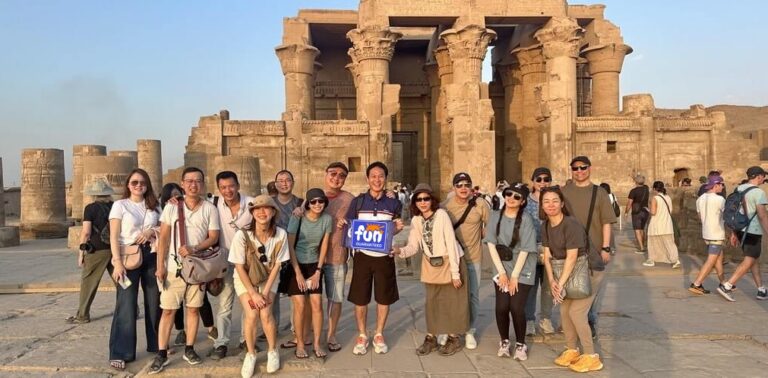Sail the Nile on a traditional felucca. You will see an elegant, graceful building high on a West Bank hill. It glows a soft pink in the sunset. It overlooks the river with a timeless, peaceful air.
This is not an ancient temple. It is the Mausoleum of the Aga Khan. It’s one of Aswan’s most iconic and beautiful modern landmarks. It’s a 20th-century story of love, devotion, and a deep connection to Aswan.
























